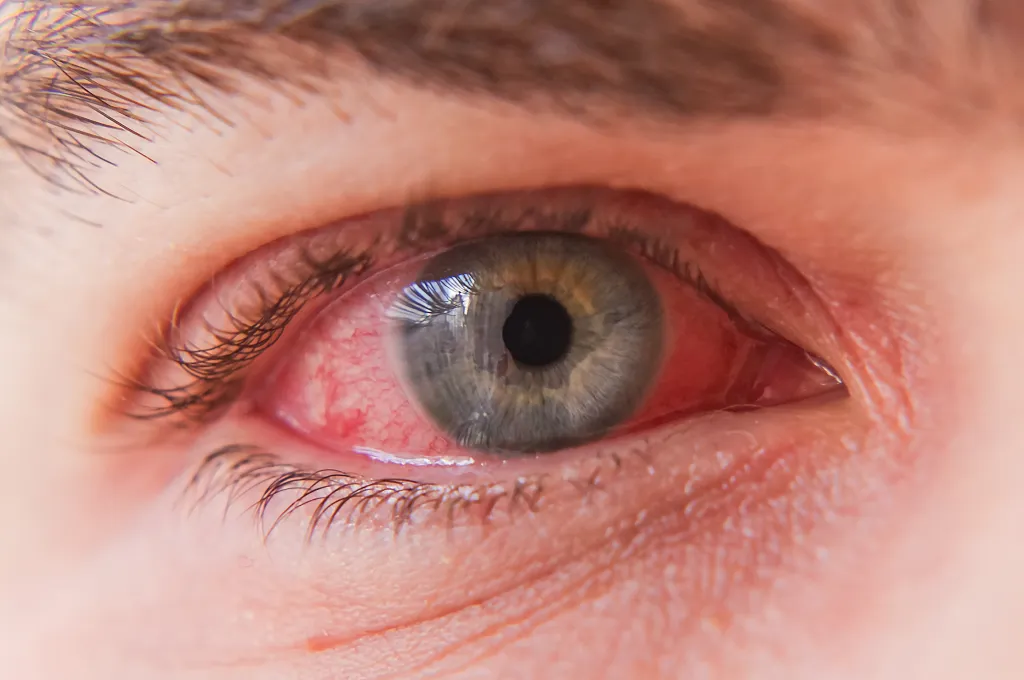Health officials in the US have identified a concerning cluster of syphilis cases: five women reportedly contracted the infection in their eyes after contact with the same man, suggesting the emergence of a new strain of the syphilis bacterium.
The bacterium, Treponema pallidum, can infect various parts of the body including the eyes, ears, and central nervous system if left untreated. However, ocular syphilis cases are rare, prompting worry among experts at the Centers for Disease Control and Prevention (CDC) about a possible mutation.
“Involvement of a common heterosexual partner in an ocular syphilis cluster has not been previously documented and suggests that an unidentified strain of T. pallidum may be linked to increased risk for systemic syphilis manifestations,” wrote CDC staff in their published report.
The affected women, aged between 40 and 60, sought medical attention between March and May 2022. They reported symptoms such as headaches, blurred vision, eye floaters, and sensitivity to light.
All five women identified the same man as their recent sexual partner.
While locating him proved challenging, he eventually tested positive for early latent syphilis – a stage where the infection is present but asymptomatic.

Notably, he had not developed ocular syphilis and was promptly treated with penicillin.
Ocular syphilis accounts for a small percentage of total cases but its incidence is increasing. It typically affects individuals in late-stage syphilis, those over 65 years old, intravenous drug users, and those with HIV/AIDS.
None of the women involved fit these categories, and the occurrence of five cases in rapid succession strongly suggests a new development.
Furthermore, this is the first reported cluster associated with heterosexual transmission.
Testing of the central figure in the cluster did not reveal any new strain of T. pallidum, primarily because there were no ulcers or lesions for swabbing – necessary for genetic testing.
The CDC is now cautioning that a new bacterial strain may be facilitating easier transmission to the eyes and other parts of the body. Early detection and comprehensive contact tracing are crucial for effective treatment.
“A high level of clinical suspicion and thorough sexual history are essential for diagnosing ocular syphilis, otosyphilis, and neurosyphilis,” emphasized the CDC team.
